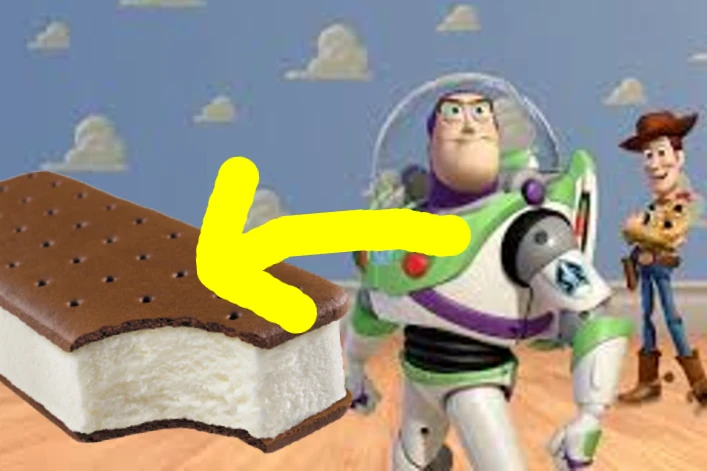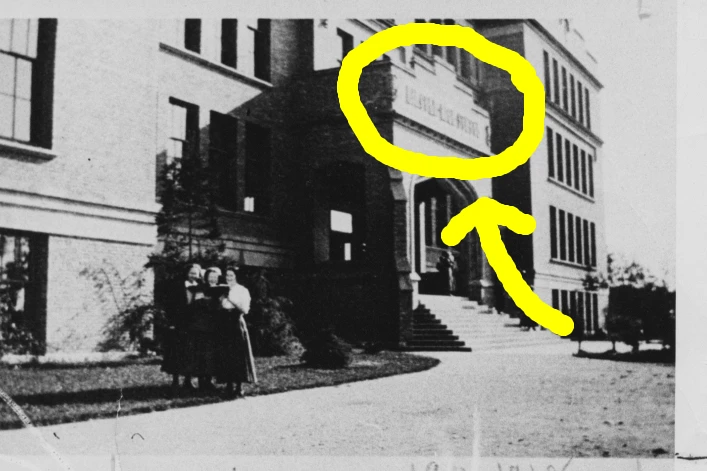Often times the puzzling world of mathematics can leave you stuck in a niche situation with an inability to solve for X. But fear not, fellow mathmaticians! LynxFeed has your back. It's finally time to let you in on a little secret, our collection of math equations so off-the-books that teachers seldom spill the beans.
Cubic Formula
You may have heard of the quadratic formula, , but have you heard of the cubic formula? My guess is no. The cubic formula solves for all 3 roots (also known as x-intercepts, or solutions) to a cubic equation—an equation following the form . Below this paragraph is the cubic formula to solve for the 3 roots (, , and ). If anyone asks you didn't hear it from me.



Here's a Desmos link in case you want to play around with it. Unfortunately, Desmos breaks when imaginary numbers are introduced so for the sake of it working I set i to -1 at the top, but obviously if you actually used these formulas you would not want to do that.
Euler's Formula
You may have heard of the formula , but do you know why? Unless you are the nerdiest person on the planet, the answer is probably not. This equation is really interesting because π seems like a totally random number here that happens to make it equal -1, but it's actually the number of radians. Yes you read that right, this equation makes a unit circle—or rather, a unit circle on the complex plane. The complex plane is just a normal graph except the Y axis is imaginary, so (0, 0) on the complex plane is 0 + 0i, (1, 0) is 1 + 0i, and (0, 1) is 0 + 1i. But that also means you can get other numbers, 0 radians around the unit circle on the graph is (1, 0), and in the complex plane that's 1 + 0i meaning . That's fairly obvious, since anything to the power of zero is 1. But what if I told you 2π radians around the unit circle is also at (1, 0)? You'll see that as well! This works with any value in radians, π/2 radians is a quarter way around the unit circle and has coordinates (0, 1) or 0 + 1i on the complex plane, so you guessed it: . Desmos freaks out at the concept of imaginary numbers so if you wanna play with this, check out WolframAlpha.
The Standard Model Lagrangian
Do not look at the equation before you read this paragraph. Quinn Teather and I came up with a soup analogy for this one so you don't need a PhD in particle physics to understand the equation—Some chef took EVERY SINGLE SOUP RECIPE EVER MADE, combined them all in a 30 ft x 30 ft square piece of paper, and then said "guys!! look at my recipe for soup!!", while it's actualy just every other soup recipe put into one. This chef can now predict how ANY combination of ingredients will turn out because he has every single recipe in front of him. Except we know for a fact he's missing the recipe for gravity, and there may be other things he's also missing the recipe for.
The Standard Model Lagrangian is an equation to predict how a particle (like electrons, quarks, and bosons) will move/interact using every single force except gravity (because theoretical physicists haven't decided how to make general relativity work with quantum mechanics—the two best theories of our universe), there also might be other forces we don't know about. Regardless, this equation has been used to calculate particles to an IMMENSE degree of accuracy. Here's a video which goes into more depth.
With that all being said, here is the Standard Model Lagrangian:
If you made it this far, I think you deserve some practical math. You've earned it.
Approximate the Square Root on Paper
If your teacher tells you not to use a calculator and you want to flex, this is the perfect opportunity. To approximate the square root of any number on paper follow these steps:
1) Get the number you want to square root (will be referred to as A here)
2) Make a guess as to what the square root is, the more accurate your guess the faster it'll be to get a precise answer. I'll refer to your original guess as x0.
3) To get a more precise guess, plug x0 and A into the following: x1 = (x0 + A/x0)/2
4) x1 is now closer to the square root
5) Repeat until your math teacher tells you to stop
Calculate the Square of a Number Mentally
This trick here is actually slightly more practical as well as a great flex. Generally on a no-calculator test with exponents, you're not actually supposed to calculate the exponents, but it helps if you're checking to see if your answer is correct etc.
1) Get your number, for this example I'll square 25 mentally
2) Add and subtract a number to make the problem easier. I'm going to do 5, so my two numbers are now 20 and 30 (25 + 5 and 25 - 5)
3) Multiply these. I'll break up the 20 into to steps: 30 * 10 is 300, and 300 * 2 is 600
4) Square the number you added and subtracted, I did 5, and 5^2 = 25
5) Add these two numbers, 600 + 25 = 625 which, after checking on my calculator, is equal to 25 * 25
Thanks for reading my article! Maybe one day you'll figure out the final recipe and add gravity to the Standard Model Lagrangian. One day.














